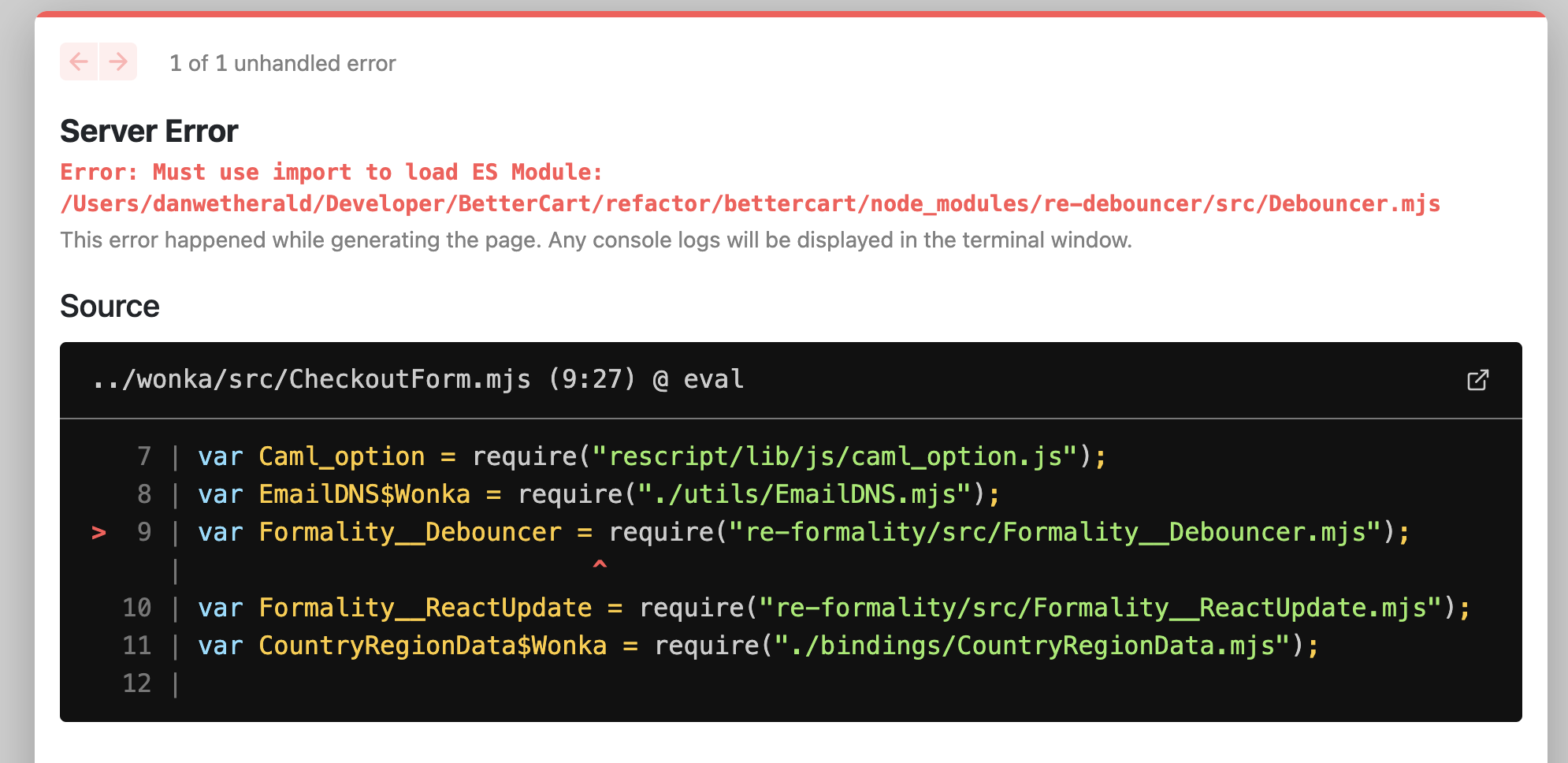

- #Yarn workspaces doesnt detect mine install#
- #Yarn workspaces doesnt detect mine Patch#
- #Yarn workspaces doesnt detect mine software#
- #Yarn workspaces doesnt detect mine code#
- #Yarn workspaces doesnt detect mine Offline#
Although, this file structure can be distinct from the real dependency tree because duplicate dependencies are combined.
#Yarn workspaces doesnt detect mine install#
#Yarn workspaces doesnt detect mine code#
Workspaces permit more than one project for working together in a similar repository and automatically use modifications to other relatives if source code is changed, permitting installation of more than one package by only executing yarn install once for installing each of them in an individual pass. Zero-installs resolve the requirements of package installation when packages are needed to install if the codes are just newly fetched to the local.
#Yarn workspaces doesnt detect mine Patch#
For instance, the git protocol is used to download a public package through a Git repository, and a patch protocol is used to create a patched copy of the real package. Users can specify which protocol would be used for resolving certain packages. It automatically upgrades corresponding packages among several workspaces when the root packages are upgraded.
#Yarn workspaces doesnt detect mine software#
This aspect is focused to set an unwell structured architecture of node_modules and outcoming in a faster Node.js software start-up time. It permits users to execute Node projects without using the folder, i.e., node_modules, defining the location or way for resolving dependency package files using the Plug-n-Play-control file. It can add new commands, linkers, features, and resolvers, and can register to a few events or be developed with each other, most aspects of Yarn are worked from plugins including yarn install and yarn add, which are pre-installed plugins as well. The constraints of Yarn permit users for enforcing rules for their dependencies or several fields around scoped workspaces. The downloaded packages are stored and cached as individual files.
#Yarn workspaces doesnt detect mine Offline#
Users can specify their plugins for Yarn: Offline cache This architecture provides us a much easier codebase for working with (hence an enhanced stabler product and development speed) and provides plugin authors the capability for writing their external logic without needing to modify the codebase of Yarn itself. For instance, the npm resolver is one plugin among many others. Yarn is a built-in modern way that permits most of the enterprise logic corresponding to the third-party interactions to be materialized in their package. However, it has two different very essential responsibilities: it injects the pre-built plugins of Yarn into an environment and hydrates an instance of a project based on the latest directory (cwd). To apply this logic using the command line, Yarn gives an indirection known as which does not do much either.

The core itself does not do much, it includes the logic needed for managing a project. Each of those is given by the core package. A few of the elements are classes that we might identify from the API: Manifest, Cache, Workspace, Project, Configuration, and others. Yarn works from a core package (released as that discloses several base elements that create a project. It includes the similar aspects set as previous workflows while implementing faster, more, reliably, and more securely. Yarn is a fresh package manager that substitutes the previous workflow for an npm client or several other package managers while others are consistent with the npm registry. A package includes every code being distributed and a package.json file (known as a manifest) that defines the package. If we have issues, we can report problems or contribute on GitHub and we can use Yarn for keeping it all up to date when the issue is fixed.Ĭode is shared using something known as a package. Yarn permits us to use the solutions of the other developers to distinct issues, making it convenient for us to integrate our software. It does this job reliably, securely, and quickly so we do not ever need to worry. Yarn permits us to share and use code with other developers around the world. A replacement to the npm package manager, yarn was made as a collaboration of Tiled (the company beyond Ember.js), Google, Exponent (v now), and Facebook for solving performance, security, and consistency problems with big codebases. Yarn is a system of software packaging integrated in 2016 for the runtime environment, i.e., Node.js JavaScript by Facebook.


 0 kommentar(er)
0 kommentar(er)
